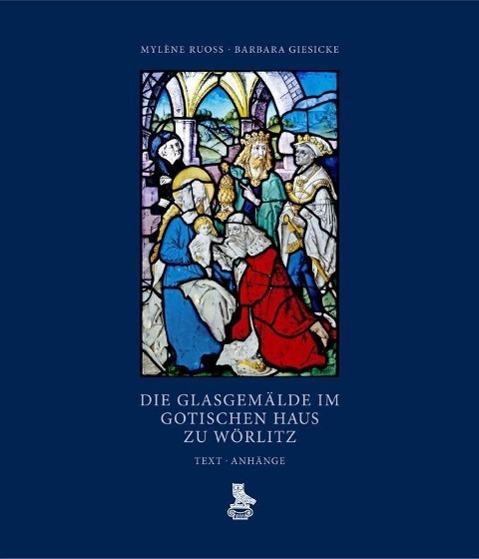
The glass paintings in the Gothic House at Wörlitz. 2 volumes
German, Giesicke Ruoss, Mylène, 2012
On this page you'll find a ranking of the best Deutscher Kunstverlag products in this category. To give you a quick overview, we've already ranked the most important information about the products for you.
In the windows of the Gothic House in the Park of Dessau-Wörlitz, a landmark of the Neo-Gothic style, Prince Franz of Anhalt-Dessau incorporated his collection of stained glass paintings. The richly illustrated catalog, featuring comparative material, reveals this still largely unknown collection of stained glass from the late Middle Ages and early modern period. It arrived in Wörlitz primarily from Switzerland and southern Germany, but also from the west and north of Germany, the Netherlands, and France before 1800. This collection is the oldest, largest, and most diverse collection of stained glass of its kind still preserved in situ on the continent. The catalog not only uncovers the original context of the glass panes, most of which lack provenance information, but also the new context created by the enlightened prince. Thus, it provides insight into the intentions of the learned collector.

The glass paintings in the Gothic House at Wörlitz. 2 volumes
German, Giesicke Ruoss, Mylène, 2012
The handbook founded by art historian Georg Dehio in 1905 is still today—now completely revised—a reliable topographical guide to monuments. It provides compact yet comprehensive information about all significant buildings. With the publication of Volume Sachsen-Anhalt I, which encompasses the administrative district of Magdeburg according to the current administrative division, the revision of the state of Sachsen-Anhalt is complete. This volume covers not only the state capital Magdeburg, the Magdeburger Börde, the Sachsen-Anhalt portion of the Harz and Vorharz regions, the district of Schönebeck, but also the southern part of medieval brick architecture in northern Germany in the Altmark and Jerichower Land. In addition to the UNESCO World Heritage site of Quedlinburg, the significant half-timbered towns of Wernigerode and Osterwieck are also recognized, as are the important medieval Hanseatic towns of Salzwedel, Stendal, Gardelegen, and Tangermünde. A thorough examination is given to the architectural history of Magdeburg from its beginnings to its role as an innovative center for modern residential and settlement construction in Germany during the 1920s, as well as its reconstruction after 1945. The towns and villages between Wernigerode and Salzwedel in the west, Havelberg, Genthin, and Schönebeck in the east are presented along with their most important monuments up to the 20th century.
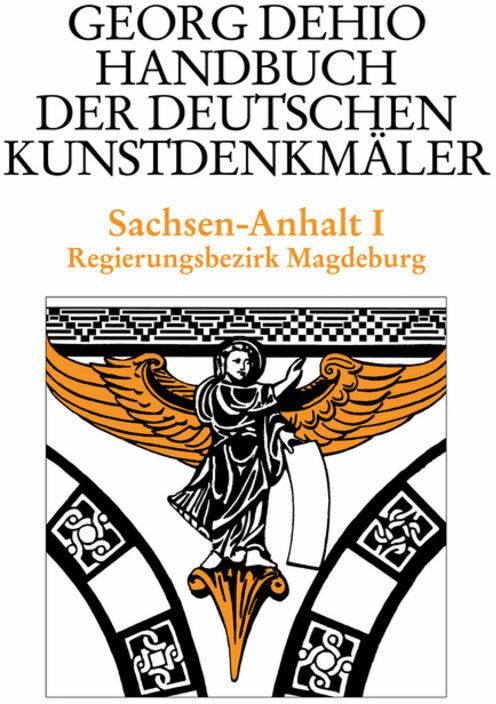
Sachsen-Anhalt 1. Bezirk Magdeburg. Handbuch der Deutschen Kunstdenkmäler
German, Georg Dehio, Ute Bednarz, Dehio Association Dehio, Folkhard Cremer, 2002
The theme of the publication is highly relevant: it addresses the interaction between art, science, and societal processes – the fundamental principle of the work of the two outstanding artists Helen Harrison (1927–2022) and Newton Harrison (1932–2022), who are considered the founders of Eco Art. It examines the development of their concepts, processes, and techniques in the field of ecological art and their influence on nature and society, using their Californian works from the last 50 years as examples, which served as a laboratory for a wealth of new artistic strategies. The Harrisons later applied these strategies in other parts of the world to address current environmental issues in both local and global contexts. The volume includes critical essays and a selection of interviews with Newton Harrison, in which he reflects on the development of the Californian oeuvre, as well as numerous illustrations that document many of the artworks for the first time. Exhibition: La Jolla Historical Society as part of "Pacific Standard Time 24" in various Californian museums, Fall/Winter 2024/25. Documentation of 50 years of work by Helen and Newton Harrison, the founders of Eco Art concepts and strategies for solving current environmental problems – a compelling call to action. Preview of the book.

Manolescu:Helen and Newton Harrison
English, Tatiana Sizonenko, Edward Shanken, 2024
The book "Open Questions: Artworks – Acquisitions – Fates" offers a comprehensive examination of provenance research at the Kunstmuseum Basel. Written by Tessa Friederik Rosebrock, it sheds light on the history and origins of the artworks displayed in the museum. The author addresses the challenges and successes of provenance research and provides insights into the fates of the artworks, which are often linked to complex historical and social contexts. The book is aimed at art historians, students, and anyone interested in the backgrounds of artworks and their acquisitions. With a clear and informative writing style, the topic is made accessible to both professionals and laypersons. The publication is written in English and serves as a valuable resource for engaging with the history of art and its reception.

OFFENE FRAGEN. Kunstwerke – Erwerbungen – Schicksale
German, Tessa Friederik Rosebrock, 2025
Since 1934, the journal of the German Association for Art Science has been published, making it one of the most respected periodicals on art history in German-speaking regions. The contributions focus on art monuments from the Middle Ages to the 19th century, as well as the fields of art theory and the history of art history. All contributions undergo a peer-review process and intensive editorial editing. The journal is published annually. The current double issue features contributions from Verena Berens, Annett Dittrich, Kerstin Gessner, Lea Kellhuber, Hans Ulrich Kessler, Franz Kirchweger, Thomas Noll, Ulrich Pfisterer, Susan Tipton, Gia Toussaint, and Jochen Hermann Vennebusch.

Deutscher Verein Für Kunstwissenschaft
German, German Association for Art Research, 2023
The manuscript of the Younger Titurel was likely created for a wealthy patron around 1430 in South Tyrol. Its elaborate decoration with 85 miniatures in opaque watercolor makes it stand out among the surviving Middle High German epic manuscripts. Another notable feature is the densely packed inscriptions along the edges of the parchment pages, which reflect the later use of the codex by the Austrian family of Fernberger zu Eggenberg from around 1580 to beyond the mid-17th century. The family used the manuscript as a representative guestbook in a manner similar to a family register, thus turning it into a source for personal investigations into the history of Austria as well as for the history of religion during the time of the Counter-Reformation.
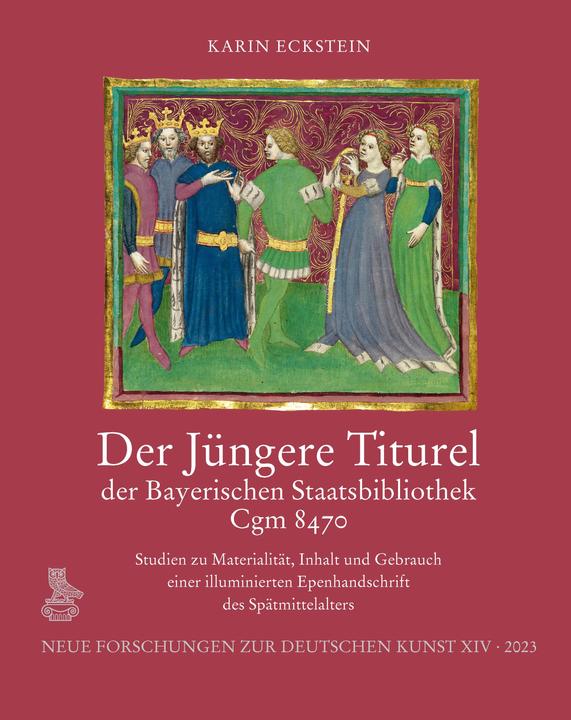
Der Jüngere Titurel der Bayerischen Staatsbibliothek, Cgm 8470
German, Karin Eckstein, 2023
As a core task of museums, inventorying requires reliable tools and a standardized terminology. This volume presents two categories of devices that served, on one hand, for personal care, aesthetic and hygienic treatment, and on the other hand, for medical care of people from prehistory to the early Middle Ages. The range includes combs, mirrors, razors, and tweezers, as well as scalpels, dental forceps, and bone saws. The thesaurus introduces both laypeople and scholars to the diverse forms of these cosmetic and medical devices and provides a temporal and spatial context. This valuable overview volume facilitates the identification of archaeological specialty tools and offers a cultural historical outline of (pre)historic beauty and health care.
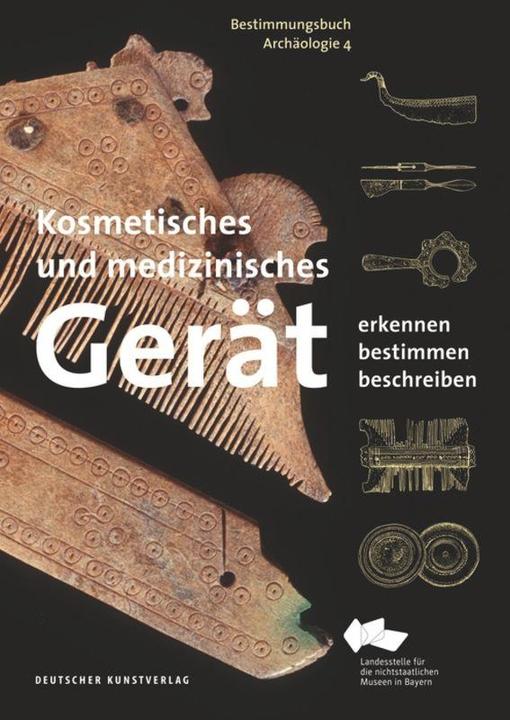
Kosmetisches und medizinisches Gerät
German, Kaiser Hartmut, Weller Ulrike, Heynowski Ronald, 2016
In the Middle Ages, silk was the preferred textile material to express wealth and status. While luxury fabrics were imported from Byzantium and Spain until the 13th century, after 1300, silk fabrics from the Mongol Empire made their way to the West. The patterns composed of Chinese, Persian, and Muslim motifs brought a new aesthetic to Europe. The book discusses garments and objects made from panni tartarici that have been preserved in graves, church treasures, and museum collections. Through the examination of the form and function of the textiles, and incorporating sources, texts, and images, it shows how the clergy and nobility appropriated this foreign material. By investigating the regions of origin and tracing the routes of silk to the West, the study addresses the global interconnectedness of the pre-modern era.

This volume brings together research contributions in honor of Rainer Kahsnitz, the long-time chairman of the German Association for Art Research, museum curator, and university professor, from the various fields of work of the jubilarian.
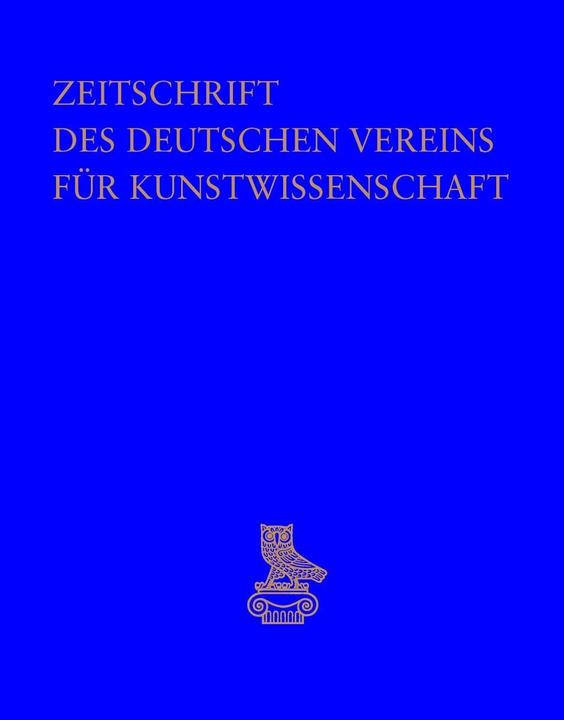
Few artists are interpreted as contrastingly as Caspar David Friedrich (1774–1840), arguably the most significant German painter of the 19th century. Many consider him the quintessential romantic landscape painter. However, for Helmut Börsch-Supan, who has engaged with Friedrich's work for decades, the artist's paintings are deeply rooted in religious sentiment. In this book, he explores Friedrich's thought processes regarding what the artist himself referred to as "peculiarity," which underpinned his personality and creative individuality. The connections between his works are also illuminated, revealing the overall body of work as a cohesive whole. Insights into Friedrich's essence and thinking are provided by his friends and opponents: Carl Gustav Carus, Johan Christian Dahl, Gerhard von Kügelgen, Georg Friedrich Kersting, Wassili Andrejewitsch Schukowski, and Maximilian Speck von Sternburg.


DJI Osmo Action 4 Standard Combo
120p, Bluetooth, Wi-Fi